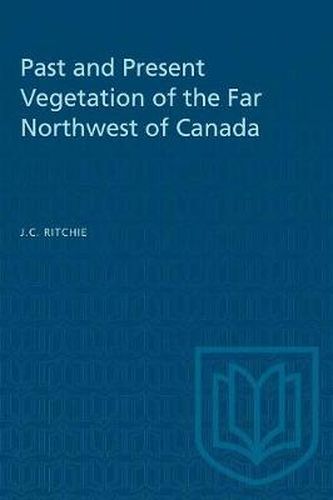Readings Newsletter
Become a Readings Member to make your shopping experience even easier.
Sign in or sign up for free!
You’re not far away from qualifying for FREE standard shipping within Australia
You’ve qualified for FREE standard shipping within Australia
The cart is loading…






The far northwest corner of Canada is remarkable for its great diversity of landscapes, flora, and fauna and particularly for its unusual history during the past several millennia. After describing the rich physical and biological setting of the North Yukon and adjacent Mackenzie Delta region, Ritchie provides a detailed account of the dramatic changes in vegetation cover that accompanied the major shifts in climate from glacial to non-glacial regimes. Because a large part of this area remained unglaciated during the latest ice age, a long and rich record of pollen and other plants remains has made it possible to trace the development of tundra and boreal vegetation and to relate these changes to the record of past faunas. Unsolved problems are confronted and the directions for future research suggested.
Written for scholars and students of Quaternary science in botany, palaeontology, climatology, geology, archaeology, and pedology, this book makes a significant contribution to our understanding of the past and present environments of the Canadian North.
$9.00 standard shipping within Australia
FREE standard shipping within Australia for orders over $100.00
Express & International shipping calculated at checkout
The far northwest corner of Canada is remarkable for its great diversity of landscapes, flora, and fauna and particularly for its unusual history during the past several millennia. After describing the rich physical and biological setting of the North Yukon and adjacent Mackenzie Delta region, Ritchie provides a detailed account of the dramatic changes in vegetation cover that accompanied the major shifts in climate from glacial to non-glacial regimes. Because a large part of this area remained unglaciated during the latest ice age, a long and rich record of pollen and other plants remains has made it possible to trace the development of tundra and boreal vegetation and to relate these changes to the record of past faunas. Unsolved problems are confronted and the directions for future research suggested.
Written for scholars and students of Quaternary science in botany, palaeontology, climatology, geology, archaeology, and pedology, this book makes a significant contribution to our understanding of the past and present environments of the Canadian North.